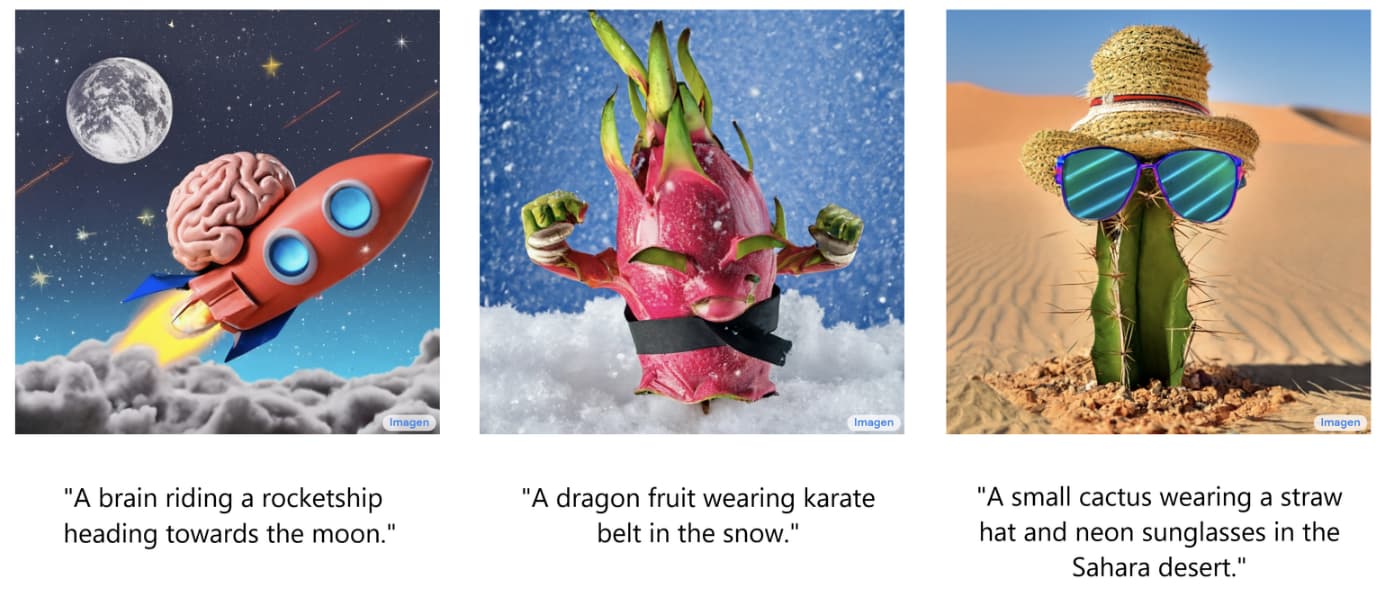A dearth of imagination with AI
The article First impressions of DALL-E, generating images from text by Simon Willison shows some examples from the author’s attempts at generating images with the AI. If you’re interested in learning more about how these AIs/algorithms work, see How Imagen Actually Works by Ryan O'Connor, which is Google’s equivalent to DALL-E.
Citing the first article, Willison writes,
“DALL-E only allows you to generate up to 50 images a day. I found this out only when I tried to generate image number 51. So there’s a budget to watch out for.
“I’ve usually run out by lunch time!”
This kind of makes me cringe a bit. It’s a neat concept, but I don’t think I’d get so obsessed about it. YMMV.
The next part that makes me cringe is the utter naiveté and innocence that governs his—and other people’s—choice of which pictures to generate.
It’s fantastic that the AI can just generate a picture like this. Truly, you can see the shadow of the cactus on the pelican’s neck. This is super-convincing. The pictures below are from the beginning of the Imagen article.
I can’t help but think that it’s exactly this paucity of imagination that is going to loose this beast on the world before we’re even ready for it. When the public—and here I mean communities like 4Chan or the GoonSquad—gets its hands on this machine, it will not be used to generate pelicans or brains riding rocketships.
It will be used to show Barack Obama doing heroin. Zelenskyy doing blow off a Russian hooker’s ass. Putin kicking a child. Xe and Modi in a secret meeting. Aliens meeting with the U.S. Air Force. The Chinese loosing COVID on the world. Fake war crimes. Local politician in compromising situation.
People will believe these things. They already do believe these things. They don’t read past the headline already. They don’t bother to check the veracity of anything they read. They decide to believe it based on what they’re predisposed to believe. They continue to believe based on how convinced they were. A picture is very convincing. These AI-generated ones will only get more convincing.
They will not remain so naive and childlike—they reflect the mindset of the innocent experimenters using the AI now. Wait until real criminals—like our fearless leaders in the government and media—get their hands on it.
This technology will be used to generate even-more-fake-than-we-have-now agitprop. And it will be super-convincing and it will be absolutely low-effort and the world will just burn for it.

